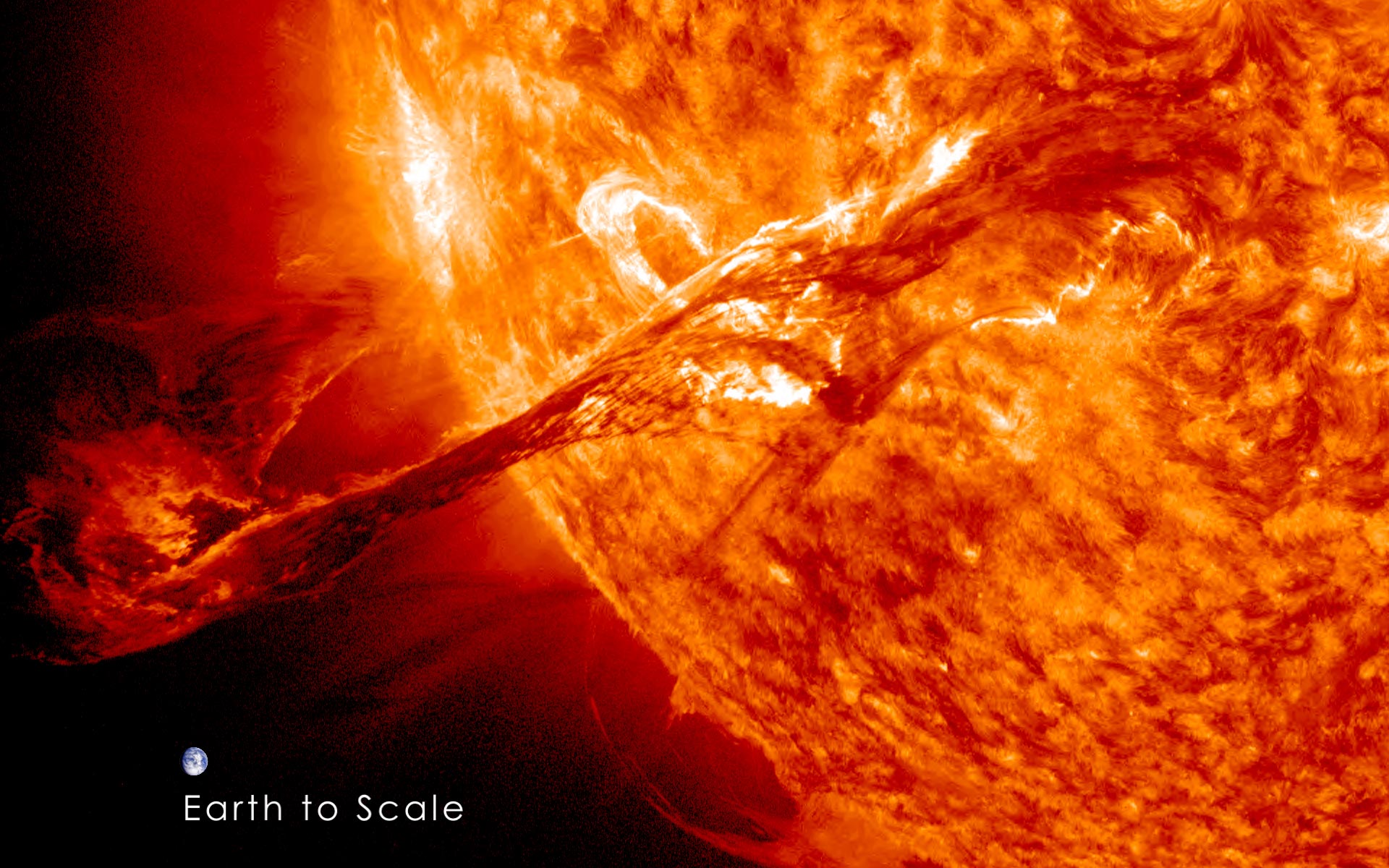
Having all three eruption types together in one event provides scientists with something of a solar Rosetta Stone, allowing them to translate what they know about each type of solar eruption to understand other types and uncover an underlying mechanism that could explain all types of solar eruptions.
“This event is a missing link, where we can see all of these aspects of different types of eruptions in one neat little package,” said Emily Mason, lead author on the new study and solar scientist at NASA’s Goddard Space Flight Center in Greenbelt, Maryland.Eruptions on the Sun usually come in one of three forms: a coronal mass ejection, a jet, or a partial eruption.Partial eruptions, on the other hand, start erupting from the surface but don’t conjure enough energy to leave the Sun, so most of the material falls back down onto the solar surface.
In this eruption – observed with NASA’s Solar Dynamics Observatory and the European Space Agency and NASA’s Solar and Heliospheric Observatory on March 12 and 13, 2016 – the scientists saw the ejection of a hot layer of solar material above a magnetically active region on the Sun’s surface.Within a half an hour, a second cooler layer of material on the surface also started to erupt from the same place, but ultimately it fell back down as a partial eruption.
Seeing an eruption with both jet and CME characteristics tells scientists they’re likely caused by a singular mechanism.
Just as the Rosetta Stone was the key to understanding Egyptian hieroglyphics, studying this eruption could be the key to understanding all types of solar eruptions.
The event also tells scientists that partial eruptions occur on the same spectrum but encounter some yet-unknown limiter that restricts their energy and doesn’t allow them to make it off the Sun.
By modeling the new Rosetta eruption and others since discovered like it, the scientists hope they can figure out what root mechanism causes solar eruptions and determines their characteristics.Finding a trigger could ultimately allow scientists to predict when a large eruption could threaten Earth and Mars several hours in advance – providing enough time for astronauts and spacecraft operators to take precautionary measures.
3.partial eruption is mere lateral effectof previous two eruptions is a virtual event of balancing fòces
3.partial eruption is mere lateral effectof previous two eruptions is a virtual event of balancing fòces